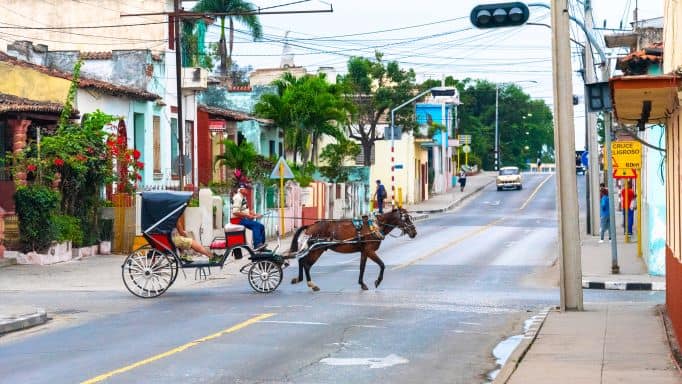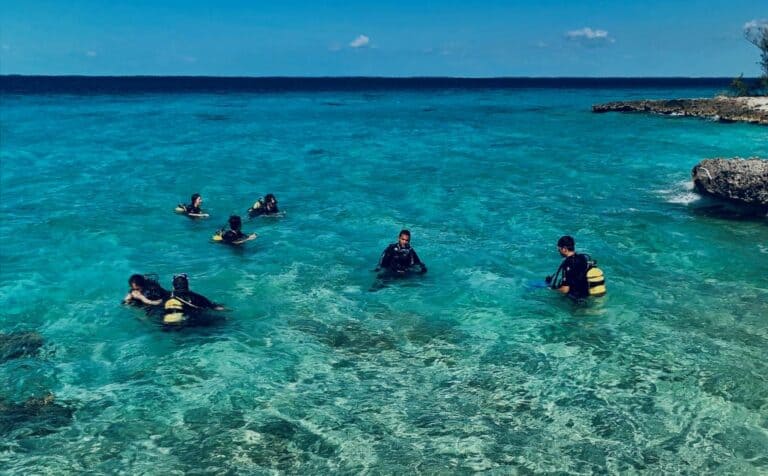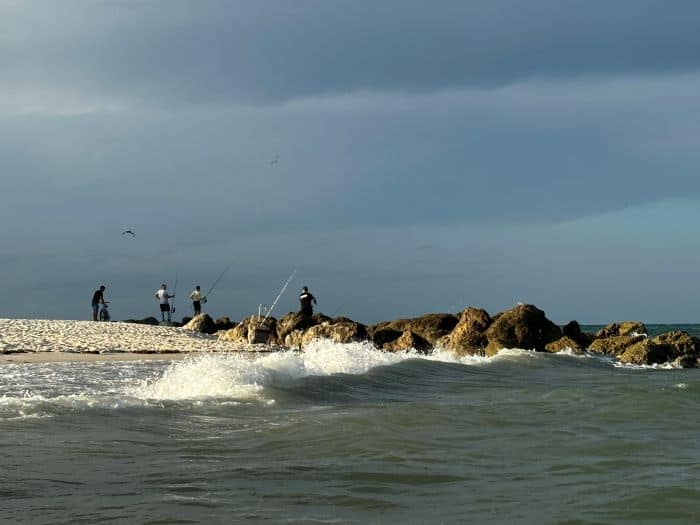5 Facts About Cuba You Probably Dont Know (2024)
New to Cuba?
I am sure you have heard a lot about Cuba in your life, as the island has been both famous and infamous over the years, for some good things and some not-so-good.
A lot of what you already know is probably pretty accurate, but some stuff might be more based on myths, news headlines, and your interpretation of what you have learned about Cuban history!
As I have been traveling to Cuba for five years, I think I might be able to update your information a little bit.

5 Facts About Cuba That You Probably Didn’t Know!
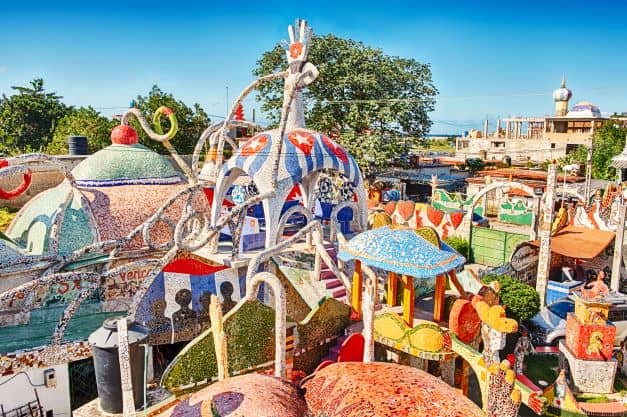
I had to think a little while to choose what 5 facts about Cuba to introduce you to; like I said, I have traveled here for years, so there is SO much I would like to share!
But I will brace myself; here are five facts about Cuba I really want you to know to maybe tickle your curiosity enough to learn some more. And maybe come visit? (Yes, it is possible, even if you are American!)
1. There are 9 UNESCO World Heritage Sites in Cuba!
Yes, this rather small island has nine world heritage sites that are on the UNESCO-protected list!
It really is no wonder when you think about it, with the rich, partly dramatic, and colorful history Cuba has had in the over 500 years it has existed.
Well, of course, it has existed for more than 500 years, but you know, the island was discovered by the Spanish in the early 16th century, so that is when we started counting.
On the list are the fortifications of Havana, the colonial city of Trinidad, the Vinales Valley and its mogotes (weird hills on the valley floor), San Pedro de la Roca In Santiago de Cuba, and the urban historic center of Cienfuegos, just to mention some of them.
2. A Cuban Beach Ranked Second In The World In 2019!
Yep, according to a survey on TripAdvisor, Varadero Beach in Cuba was voted the second most beautiful beach in the world in 2019!
It might not be a shocker that Cuba has stunning beaches, being a Caribbean island and all, you would kind of expect that.
But still, actually being recognized on a world-spanning site by thousands and thousands of people as the second most amazing beach in the world still deserves some credit.
There are a lot of beaches in the world, and a lot of spectacular beaches as well, so that is pretty neat!
3. Cuban Chocolate Is Famous (Particularly The Cocoa Beans)!
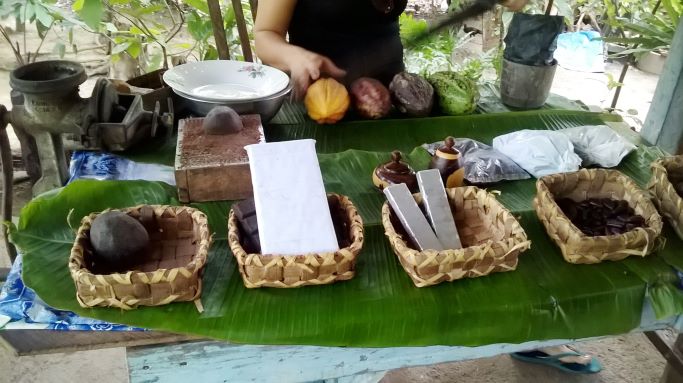
Well, famous Cuban chocolate is at least famous in chocolate circles! In particular, it is the Cuban cacao beans that are most famous, as they apparently are among the best in the world, too!
Baracoa, a region in Cuba, produces 75% of the Cuban cacao across thousands of hectares, with the highest productivity-level farms on the island.
A lot of rain makes Baracoa an ideal region to grow cacao beans on the cool mountain slopes in those parts.
The cacao from Baracoa is considered of such high quality that the world-renowned chocolatier Spruengli in Switzerland (and everyone knows the rep of Swiss chocolate) has added a line of truffles, two chocolate bars, and assorted Neapolitans made from the Baracoa cacao!
There is one large-scale chocolate factory in Cuba, in the town of Mabujabo, in Eastern Cuba’s Guantánamo province. This factory was actually opened by Che Guevara in 1963, back when he was Minister of Industry in Cuba!
4. Colonial Trinidad Has Stayed The Same For Centuries!
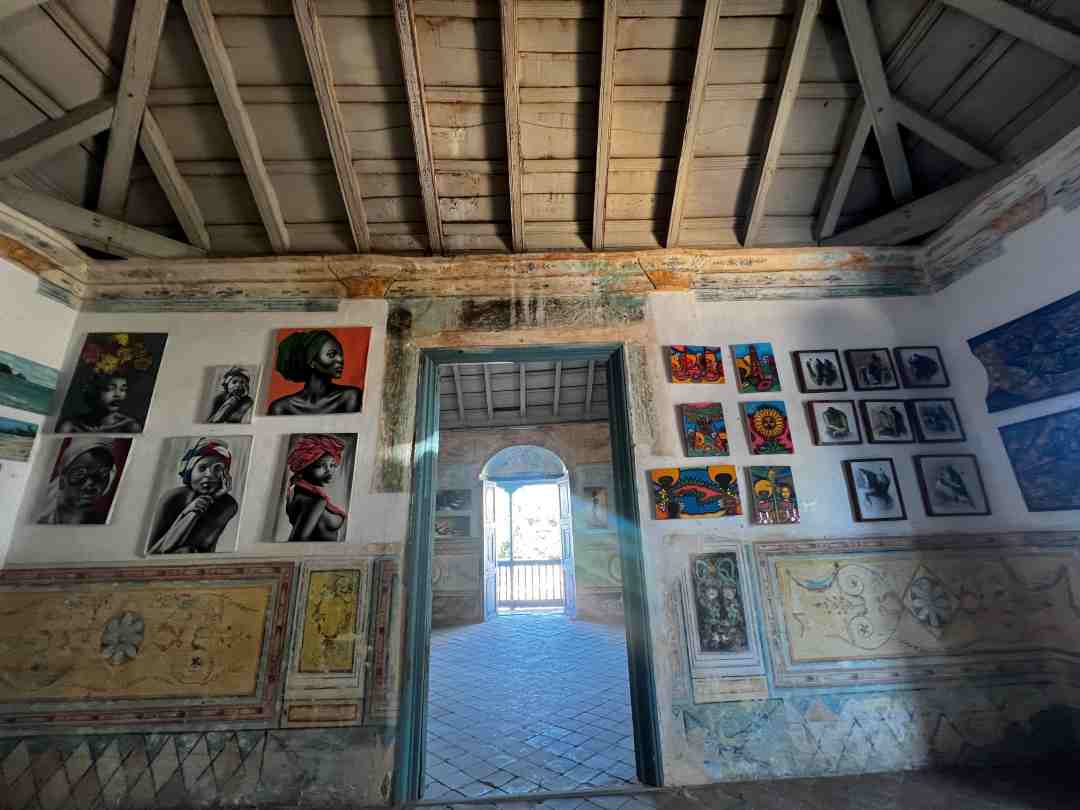
Trinidad Historic Center is one of the things in Cuba that are on the UNESCO World Heritage Site list, and the reason for this is actually quite random!
Because of fierce competition in the sugar market back in the day, Trinidad and Cuba, in general, were priced out of the sugar market as there were other more prosperous (and less costly) sugar-producing areas in the Americas.
The town went from the super-rich, run by what is referred to as the “sugar-aristocracy“, with heaps of money, grand mansions, and lots of slave labor.

When this happened, the city was more or less forgotten in Cuba, and while other cities and towns were modernized in line with the development, Trinidad was left in an economic and social backwater.
This is why today, the streets of the historic city of Trinidad are the best-preserved ones in Cuba, like a screenshot of the colonial high-tide era!
Architecture, cobblestoned streets, and remnants of the sugar mills in the Valle de Los Ingenios (Valley of the Sugar Mills) are right outside the city for anyone interested in a walk down the historic memory lane.
5. The Most Common Religion In Cuba Is A Mix!
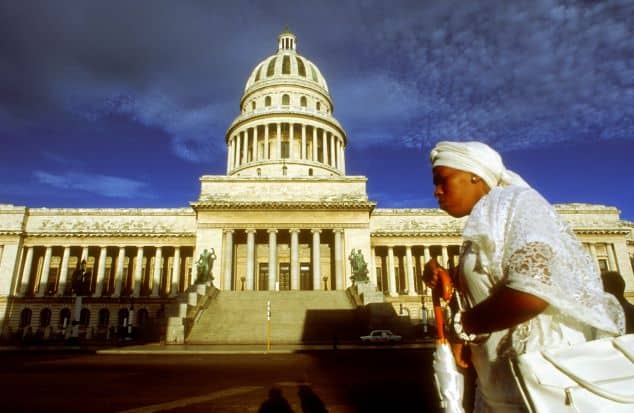
Cuba is a predominantly Catholic country, and there are catholic churches and even cathedrals around the island, the oldest one on Plaza Vieja in the Old City of Havana.
However, around 70 % of the population are followers of the Afro-Cuban Santeria religion, which is a mix of the African religion that was brought to the island in a very involuntary way with the slave trade back in the day.
It is not “voodoo“, as some people believe, Santeria is actually a very benign and peaceful religion, that includes a lot of drums and dancing!
Santeria means “the way of the saints”, and the religion is also referred to as “la regla de ocha“, which means “the order of the orishas”. Santeros believe that they have saints with them at all times.
These are suspiciously similar to the saints in the Catholic church but with personalities and abilities that are more in line with the Afro-Cuban culture.

Some are prone to liking beer, while others cannot eat pumpkins for some reason, although no one has been able to explain the pumpkin rule to me quite yet!
All Santeros at some point receive one saint, or orisha, in particular, that they are given through a ceremony, and other helpers as well, that are guides and supporters in daily life.
Although it has a darker side (like most religions), that no one really approves of, but still brujeria (witchcraft) is nevertheless a part of daily life in Cuba.
If you have had bad luck for a while, or bad things keep happening (like illness, or you keep losing things), it is likely that your friends and family will tell you someone has cast a nasty spell on you!
FAQs Cuba Travel
Why are US citizens not allowed to travel to Cuba?
This is NOT correct. US citizens ARE ALLOWED to travel to Cuba.
Americans can choose a reason for Cuba travel among 12 pre-approved reasons for traveling to Cuba, determined by the US Government.
Can US citizens travel to Cuba as a tourist?
Technically, US citizens are NOT allowed to travel to Cuba as a tourist. Americans choose between 12 pre-approved reasons for Cuba travel, among which the most common one is “to help the Cuban people”.
American citizens still need to buy a tourist card, also called a tourist visa, to enter Cuba.
What are the 12 requirements to travel to Cuba?
You can read about the 12 pre-approved reasons to travel to Cuba for US citizens here.
The easiest and most common reason for Cuba travel is “to help the Cuban people”. There is no paperwork or application process connected to this, you just choose your reason and state that reason if anyone asks.
What happens if a US citizen travels to Cuba?
Nothing happens if a US citizen travels to Cuba apart from hopefully, the US citizen will have a fabulous holiday and encounter with Cuban culture.
US citizens need to choose one of the pre-approved reasons to travel to Cuba and need to buy the PINK Cuban tourist card, also called a tourist visa.
Selected airlines sell this visa/tourist card, or you can buy one online.
What documents do I need to travel to Cuba?
You need the following documents to travel to Cuba:
- Passport valid for 6 months after the date of entry
- Cuban tourist card / tourist visa
- Proof of travel insurance, including health insurance
- Fill out the d’viajero.cu digital document before your journey
Do Americans need to be vaccinated to enter Cuba?
No, there is no requirement for specific vaccines prior to entering Cuba.
Your country’s health department probably has recommendations for what vaccines you should consider before entering Cuba.
How Do I get a tourist card for Cuba?
You can buy a tourist card online from Easy Tourist Card, or from the Cuban embassy in your country.
You might also be able to buy a Cuban tourist card from your airline or at the airport prior to departure.
It is possible to buy a Cuban tourist card at Miami International Airport at the check-in counter with American Airlines and Delta Airlines.
How Do I Get A Tourist Visa For Cuba?
A tourist visa is the same as a tourist card for Cuba. You can buy it from the following places:
- Buy one online from Easy Tourist Card
- Buy one from your airline if they offer this
- Buy one at the airport of departure if they offer this
- Buy one from the Cuban Embassy in your country
Is Travel To Cuba Allowed Right Now?
Yes, Cuba travel is allowed right now. Most international travelers are not restricted by health or political regulations.
In addition, American citizens must choose one of the 12 pre-approved reasons for traveling to Cuba (Americans can not travel as “tourists”) and follow some simple guidelines for traveling in Cuba.
Wrap-Up 5 Facts About Cuba!
So, there you have it, 5 little facts about Cuba! Was there anything here you did not know already?
There are a million things to tell you about Cuba if I (and you) had infinite time and above-average interest, but poco a poco, as they say in these parts.
Feel free to roam the website if you want to know more about Cuba; there is a lot to learn!
Related blog posts:
11 Iconic Cuba Landmarks From A Local: Journey Through Time And History!
